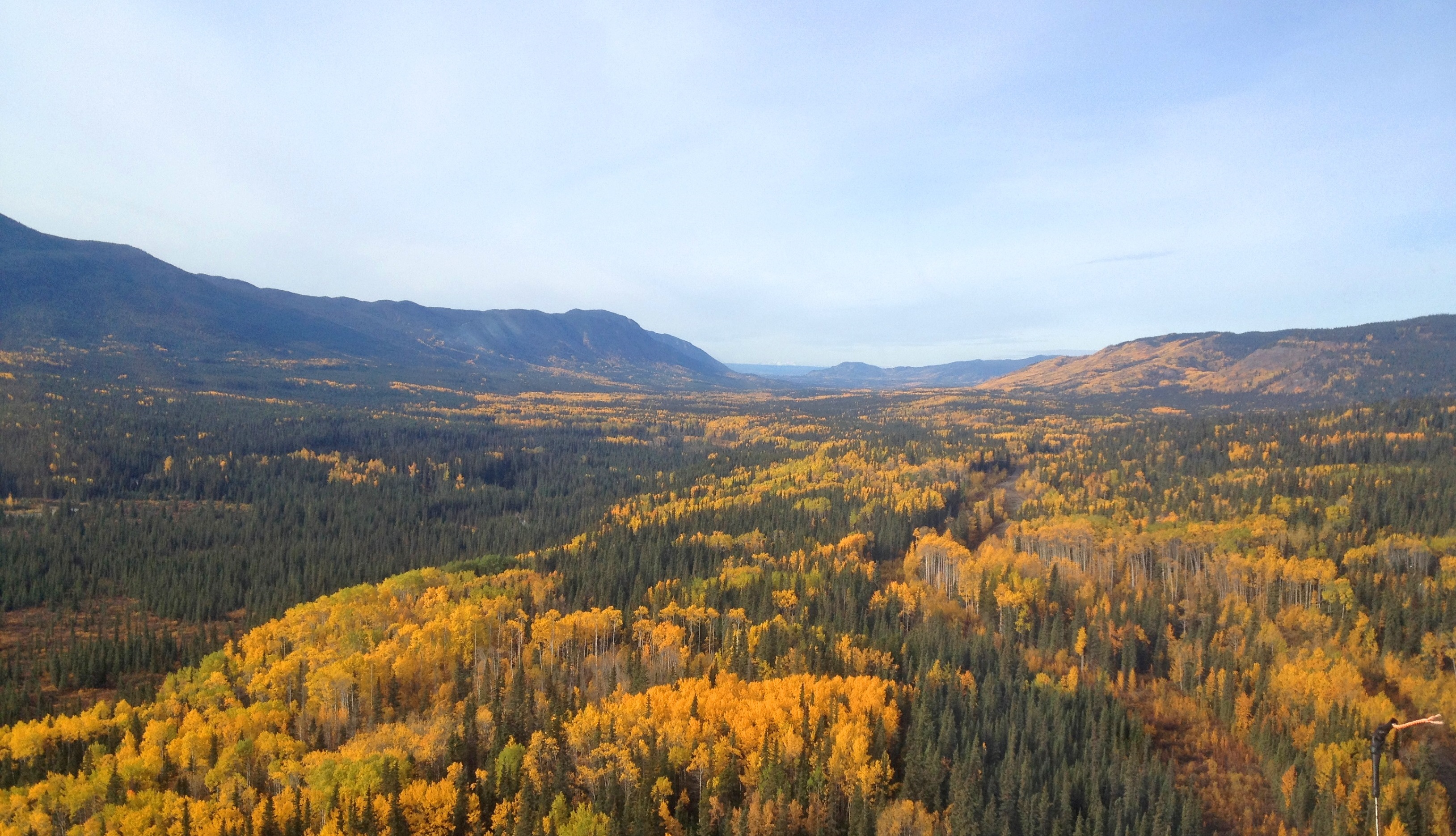
Dempster Fibre Project
Access to the internet is no longer a luxury. In today’s interconnected world, it’s a necessity for a strong economy, quality healthcare and reliable air travel.
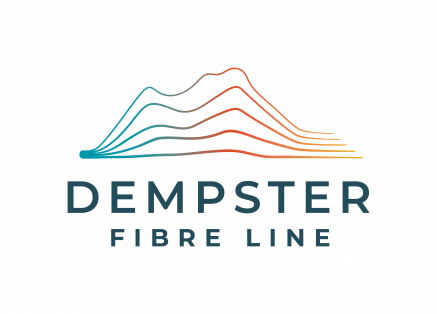
About the project
The Dempster Fibre Project is an 800-kilometre fibre optic line that follows the Dempster Highway from Dawson City, Yukon, to Inuvik, Northwest Territories.
Northern communities currently depend on a single fibre optic line. When that line goes down, the region is largely cut off from the digital world. Once in Inuvik, the fibre line will connect to the existing Mackenzie Valley Fibre Link. Together, the new line will complete a 4,000-kilometre network. That network will provide communities with a backup line in the event of a service disruption and provide more reliable internet and cellphone services.
This project is built on the idea of continuous improvement to create ongoing value; the end-goal is to make operations as cost-efficient as possible, both during installation and for the line’s active lifetime. The resulting infrastructure will ensure northern communities have access to digital services that work and meet their needs.
The Dempster Fibre Line will be a public asset owned by the Government of Yukon. NorthwesTel will lease and operate the line for a period of 20 years.
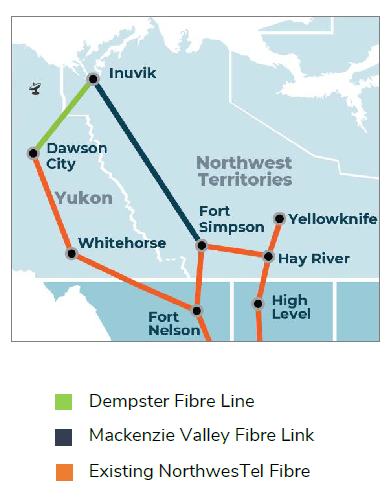
Current project status
For the latest information on the Dempster Fibre Project, read our project newsletters.

Key considerations
Due to the remoteness of the route, there are many environmental factors that require careful consideration. These include:
-
permafrost;
-
vegetation and wetlands;
-
fish and fish habitat; and
-
wildlife and wildlife habitat.
Other factors
Heritage resources:
Both Yukon and the Northwest Territories have legislation in place for the protection of heritage resources. Heritage resource assessment work is being completed to address areas that are of specific concern.
Business and employment opportunities:
There are many potential future employment opportunities, such as brush-clearing, wildlife-monitoring, construction, support services and geotechnical and drilling work.
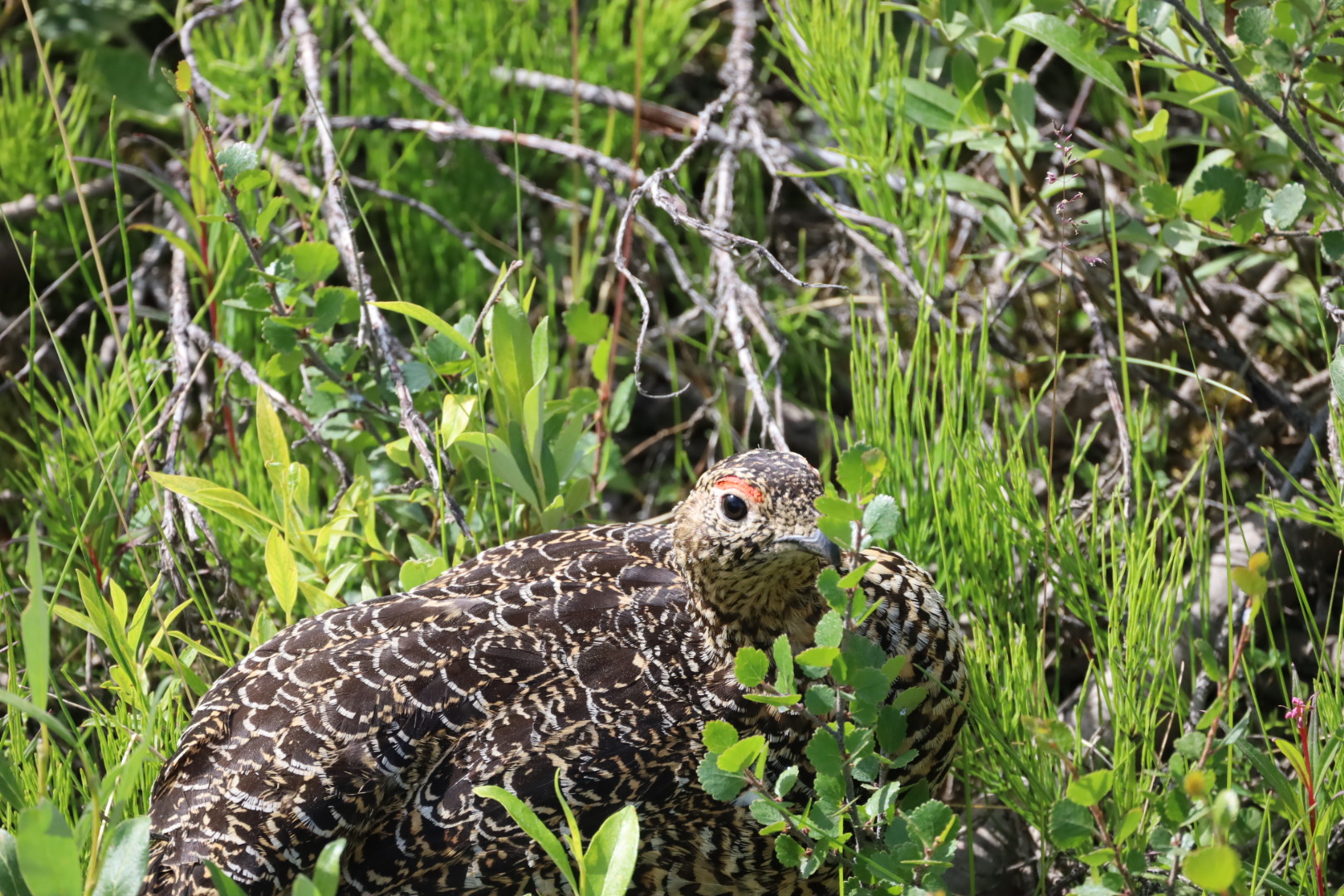
Project background
During the first two and a half years of the project, the government actively engaged and involved in the planning process the:
- Tr’ondëk Hwëchin;
- Vuntut Gwichin First Nation;
- First Nation of Na Cho Nyäk Dun;
- Gwich'in Tribal Council;
- Tetlit Gwich'in Council;
- Nihtat Gwich'in Council;
- Gwichya Gwich'in Council; and
- Ehdiitat Gwich'in Council.
In September 2019, procurement information sessions were held to inform First Nations and Indigenous groups, businesses and other potential contractors about the significant construction opportunities this project will generate.
The relevant environmental assessment and regulatory applications were submitted to the Yukon Environmental and Socio-economic Assessment Board (YESAB) for the Yukon portion of the project and by the Mackenzie Valley Land and Water Board (MVLWB) in the Northwest Territories in [month, year].
The MVLWB issued their land use permit and water license in August 2020. YESAB issued their recommendations in September 2020 and their decision document followed in January 2021.
In May 2021, the government awarded a $67 million dollar contract for the construction of the fibre line to ROHL Global Networks, in partnership with Dagoo Services. In July 2021, construction of the line officially started at kilometre 0 of the Dempster Highway.
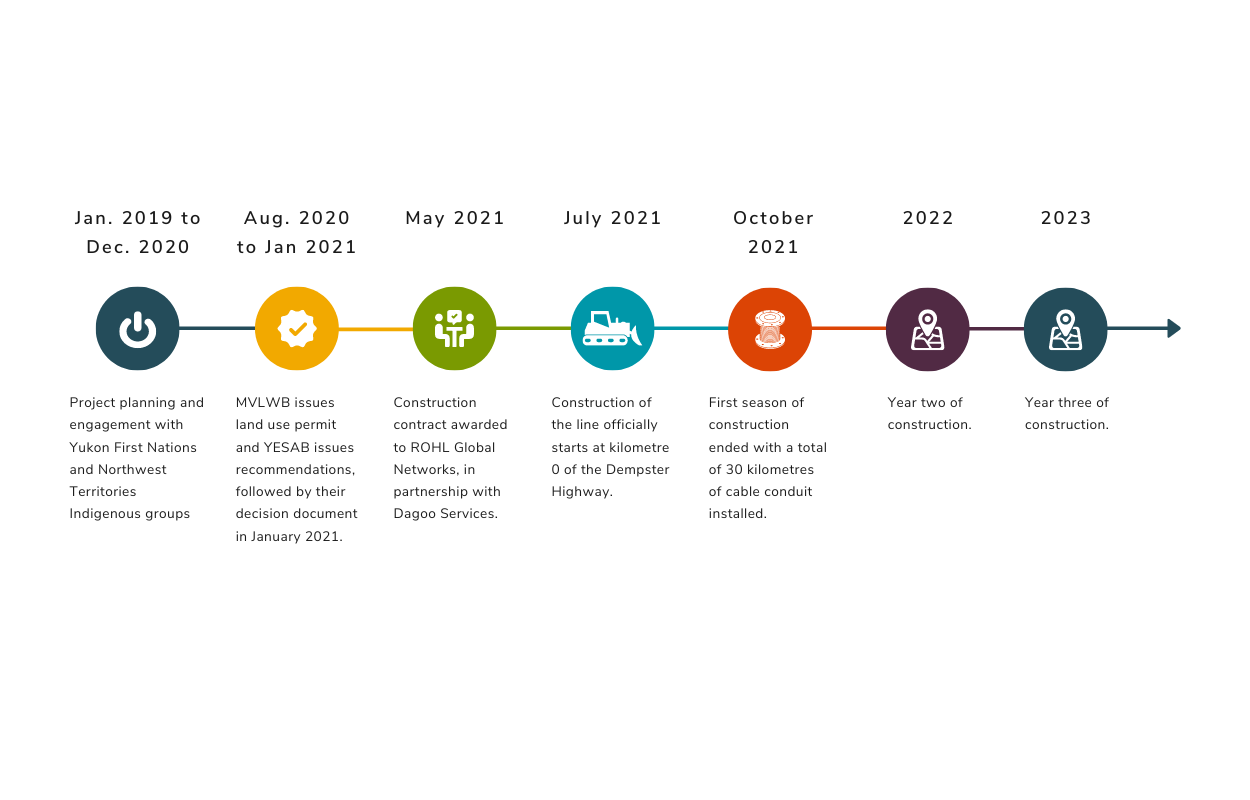
How the fibre line will work
Fibre optic cable
The majority of the cable will be installed in the right-of-way of the Klondike and Dempster highways. The cable will be able to withstand diverse weather conditions and landscapes.
Construction methods will vary along the route to accommodate changes in terrain. For example, most of the cable will be buried underground. Some aerial sections may be attached to existing Yukon Energy poles, new poles, or attached to bridges for water crossings.
Learn more about how we install the fibre line.
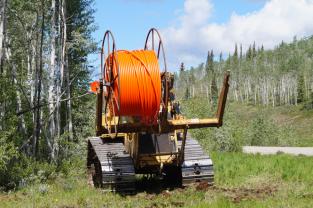
Terminals
The government will use existing NorthwesTel facilities located in Dawson City and Inuvik to house terminal equipment.
Points-of-presence (POP)
POPs are where the cable connects to users and communities along the route. These will be connected to the community electrical grid, and backup generators will supply power in the event of a power outage.
Handholes
Handholes are shallow box-type structures made of fibreglass. They are approximately 80-centimetres wide, 120-centimetres long and 80-centimetres high. Handholes are needed to provide access to the cable for maintenance.
Handholes will be installed every 5 to 10 kilometres along the route. These can be built above or below ground. Most will be built above ground to avoid permafrost and to minimize impacts.
Handholes will also have signs to ensure that the public can see them.
Network operations and control centre (NOCC)
The existing centre in Yellowknife will be used. The NOCC is capable of monitoring and maintaining both the cable and the signal. The NOCC can also change the direction of the signal if something goes wrong.
Contact us
If you have questions or would like more information about the project, email hpw-dempsterfibre@yukon.ca.
This project is managed by the Sustainable Infrastructure Branch.